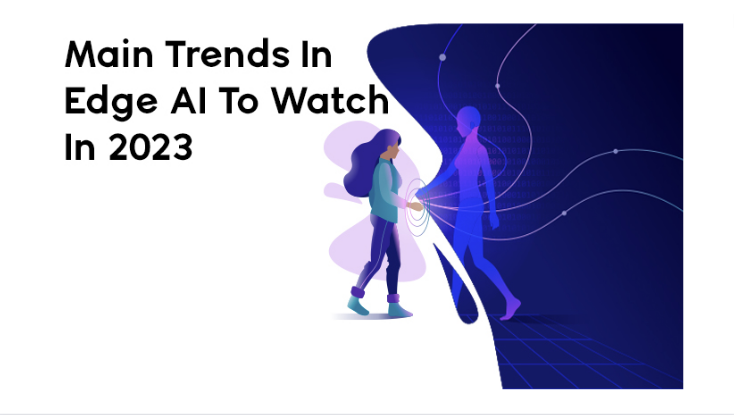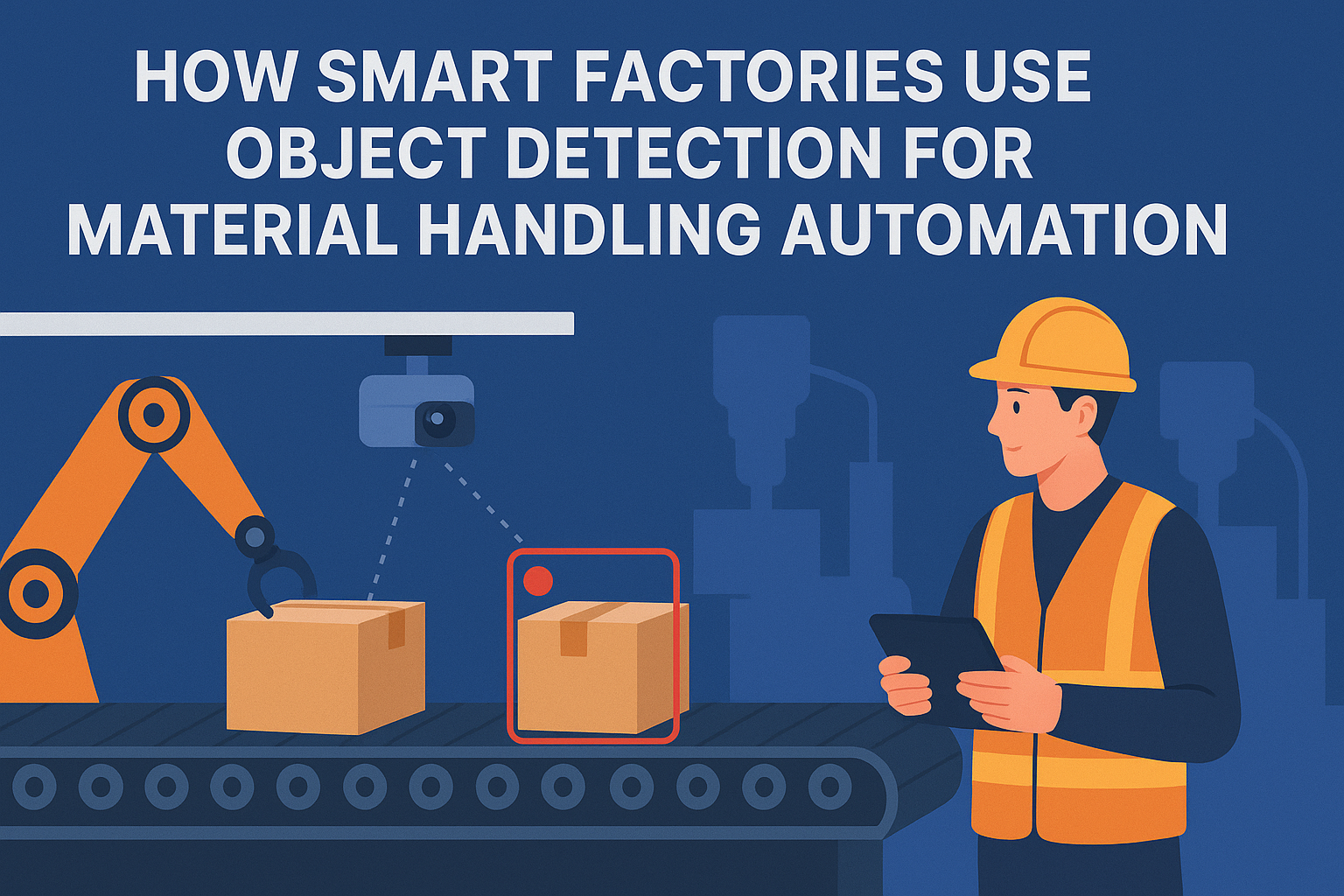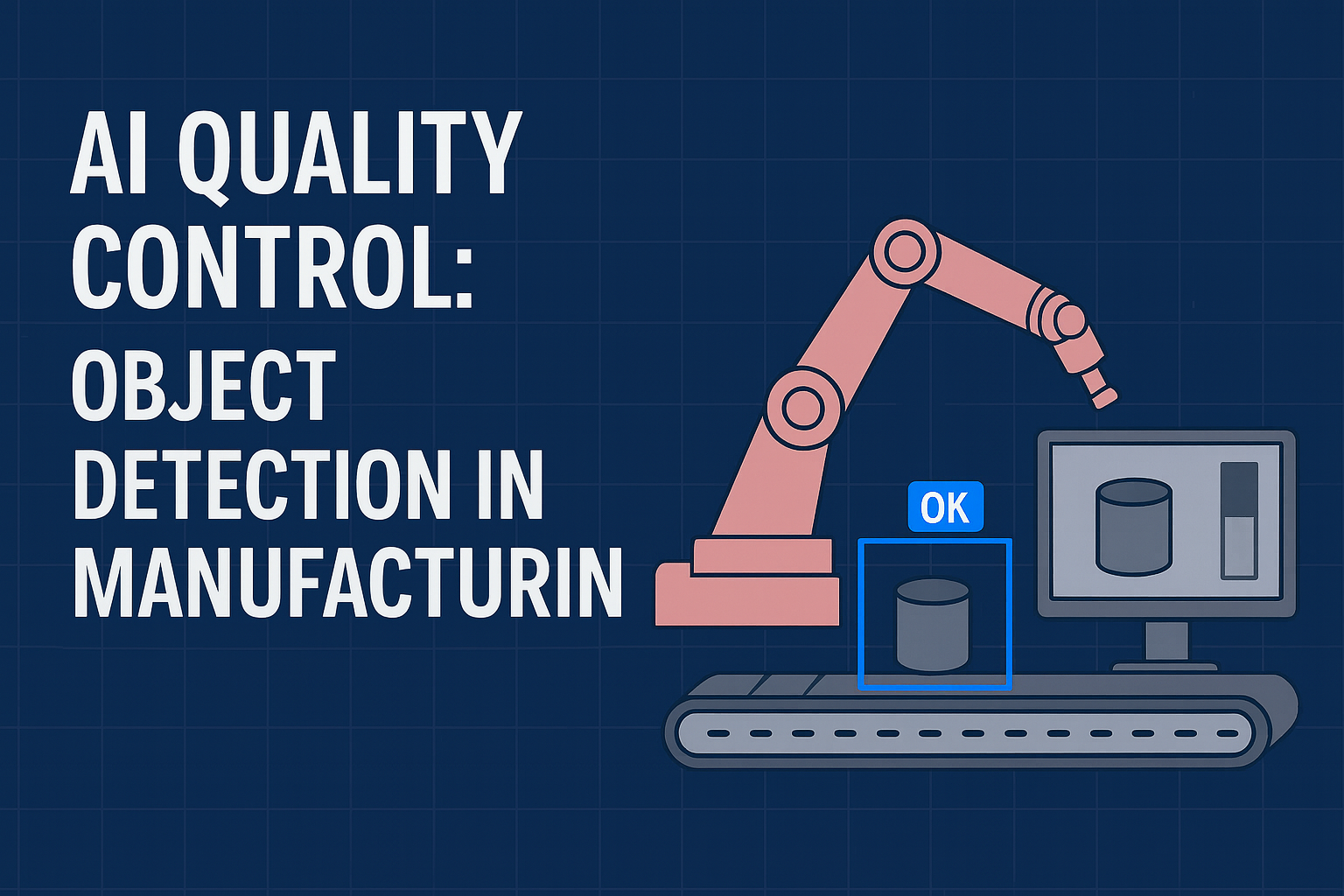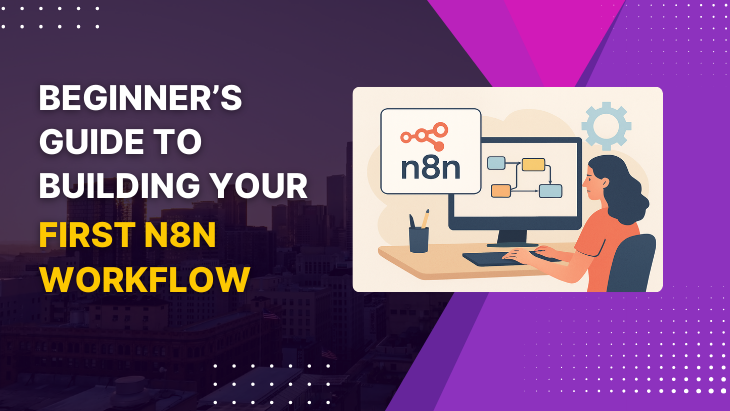Edge AI is a rapidly evolving field that brings artificial intelligence capabilities closer to the data source, enabling real-time data analysis and decision-making on edge devices. As technology continues to advance, several key trends are emerging in the Edge AI landscape. In this article, we will explore the main trends in Edge AI to watch in 2023.
Increased Edge Computing Adoption:
Edge AI leverages edge computing infrastructure to process data locally on edge devices, reducing the need for sending vast amounts of data to centralized cloud servers. This approach reduces latency, enhances data privacy, and minimizes bandwidth requirements. In 2023, we expect to see increased adoption of edge computing across various industries, enabling more efficient and responsive AI applications.
AI Chipsets and Hardware Accelerators:
Specialized AI chipsets and hardware accelerators have gained significant attention due to their ability to perform AI computations more efficiently than traditional processors. These purpose-built chips are designed to handle specific AI workloads, leading to improved performance, energy efficiency, and cost-effectiveness. As the demand for Edge AI grows, we can anticipate a surge in the development and deployment of AI chipsets and hardware accelerators in edge devices.
Privacy and Security Concerns:
Edge AI's decentralized nature brings with it unique privacy and security challenges. As data processing and analysis occur on edge devices, there is a need for stricter data handling practices to protect sensitive information. In 2023, we expect more emphasis on data anonymization, encryption, and federated learning techniques, where models are trained on decentralized data without sharing raw data, addressing privacy and security concerns.
Federated Learning:
Federated learning is a distributed machine learning approach that enables models to be trained on edge devices without centralizing data. In this setup, the model is sent to the edge devices, and local data is used for training. The updated model is then sent back to the central server, aggregating knowledge from various edge devices. Federated learning is gaining popularity due to its privacy-preserving nature, making it an essential trend to watch in 2023.
Edge AI in IoT and Smart Devices:
The Internet of Things (IoT) and smart devices are rapidly becoming integral parts of modern life. These devices collect vast amounts of data, which can be efficiently processed and analyzed using Edge AI techniques. In 2023, we anticipate greater integration of Edge AI in IoT and smart devices, enabling them to perform complex tasks locally and reducing the need for constant cloud connectivity.
Edge AI in Autonomous Vehicles:
Autonomous vehicles rely heavily on real-time data processing and decision-making capabilities. Edge AI can significantly enhance the safety and efficiency of autonomous vehicles by enabling onboard AI algorithms to process data locally. In 2023, we expect to see more advanced Edge AI applications in the automotive industry, contributing to the realization of self-driving cars.
Hybrid Cloud-Edge AI Solutions:
While Edge AI offers several advantages, it is not always feasible or practical to perform all AI processing on edge devices. Hybrid AI solutions that combine both cloud and edge capabilities provide a balanced approach. In 2023, we can expect organizations to adopt more hybrid cloud-edge AI architectures, optimizing resource utilization and minimizing latency for specific use cases.
Industry-Specific Edge AI Applications:
Different industries have unique requirements and challenges when it comes to AI adoption. In 2023, we anticipate an increasing number of industry-specific Edge AI applications. For instance, in healthcare, Edge AI can enable real-time analysis of patient data from medical devices, while in manufacturing, it can support predictive maintenance and quality control.
Edge AI for Environmental Sustainability:
As concerns about climate change continue to grow, Edge AI has the potential to play a significant role in environmental sustainability efforts. Edge devices equipped with AI can monitor and optimize energy consumption, manage waste, and enhance resource allocation in various sectors, contributing to a more sustainable future.
Edge AI Standardization and Interoperability:
To realize the full potential of Edge AI and ensure seamless integration across devices and platforms, standardization and interoperability efforts are essential. In 2023, we expect industry players and standardization bodies to focus on developing common protocols and frameworks for Edge AI deployment, facilitating collaboration and compatibility.
Edge AI and 5G Synergy:
The rollout of 5G networks is expected to accelerate the adoption of Edge AI. 5G's low latency and high bandwidth capabilities enable faster communication between edge devices and the cloud, enhancing the overall Edge AI experience. In 2023, we can anticipate more Edge AI applications taking advantage of 5G connectivity.
Edge AI in Retail and Customer Experience:
In the retail sector, Edge AI can offer personalized shopping experiences and real-time inventory management. Through AI-enabled cameras and sensors, retailers can analyze customer behavior and optimize store layouts. In 2023, the retail industry is likely to embrace Edge AI to enhance customer experiences and drive business growth.
Edge AI in Agriculture:
Agriculture is another sector that can benefit significantly from Edge AI applications. AI-powered edge devices can monitor crops, soil conditions, and weather patterns, enabling precision agriculture and resource-efficient farming practices. In 2023, we may witness more widespread adoption of Edge AI solutions in the agricultural sector.
In conclusion, Edge AI is poised to revolutionize the way we interact with AI applications, bringing intelligence and decision-making closer to the data source. The trends mentioned above are likely to shape the Edge AI landscape in 2023, making it an exciting and transformative year for the field. As Edge AI continues to mature, it will unlock new possibilities and opportunities across various industries, driving innovation and efficiency in the AI ecosystem.








Leave a reply